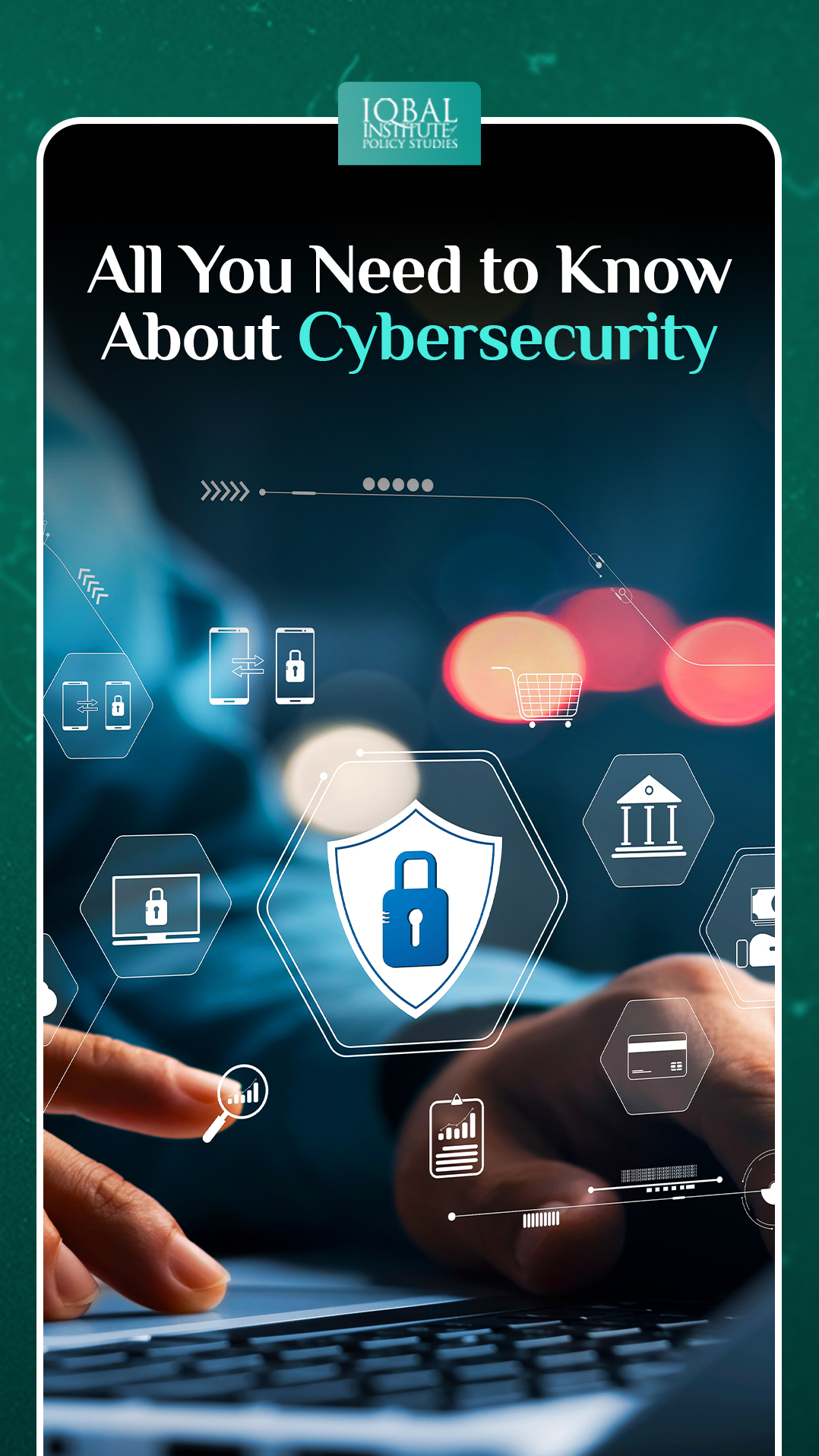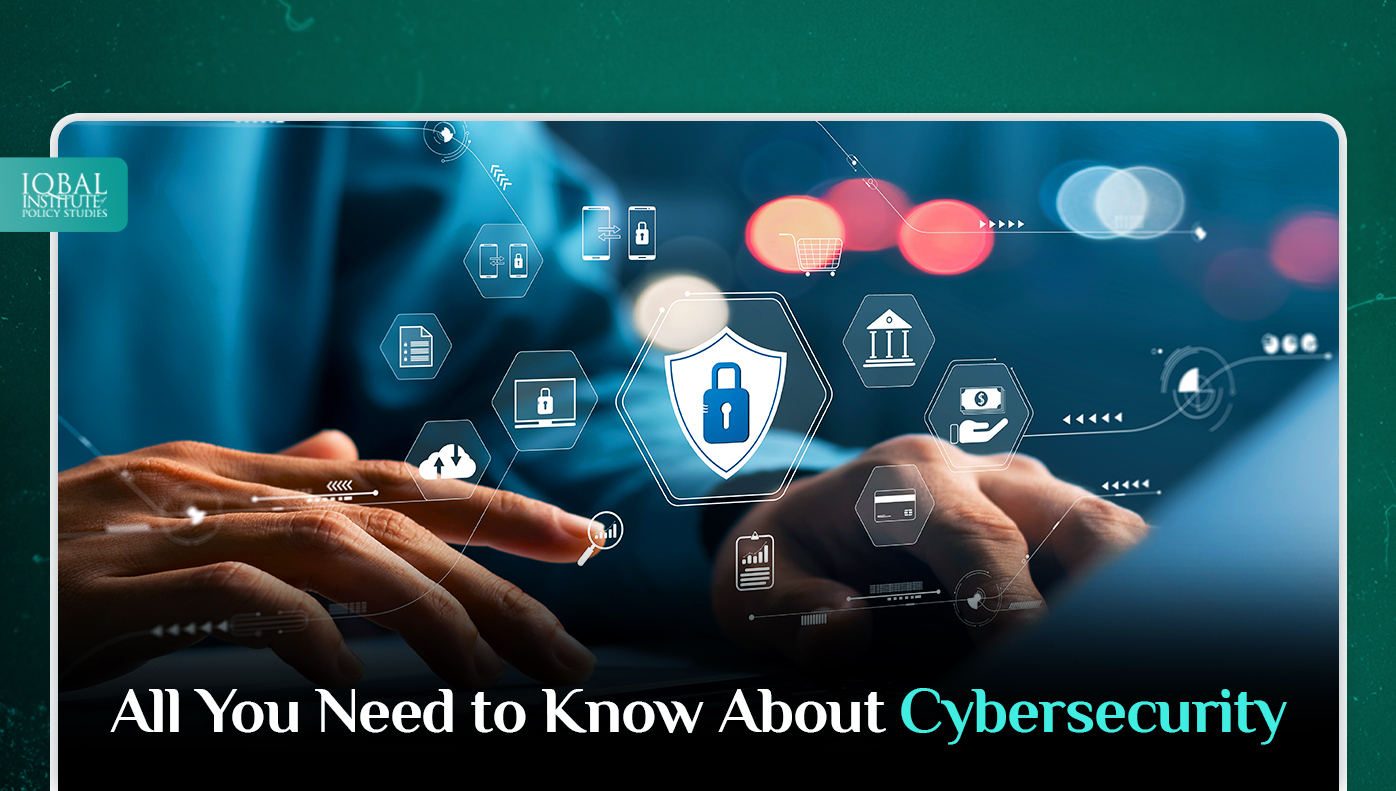Digitalisation has been inclined during the COVID-19 pandemic. As the global use of digital tools increases, so does the amount of data created which brings new threats and challenges. A number of these challenges are related to cybersecurity, affecting data privacy, online storage, and crimes. Dealing with cybersecurity is an arduous task and a point of concern since technological advancement. However, cybersecurity has gained importance in the present times due to increasing computer device usage in all fields of life.
Nevertheless, despite how positively society views current advancements, cybersecurity concerns posed by contemporary technology can seriously harm the community and the state. Due to better internet connectivity, the government and private players have transitioned to digital services. Global cyber security threats have been challenging due to imminent threats and weak institutional mechanisms; they are also becoming pertinent for developing nations. So, in this blog, we will define cybersecurity, its importance, and threats to individuals or organisations.
What is Cybersecurity?
Cybersecurity means protecting information and data on computers, networks and other electronic devices. Within the cybersecurity field, experts anticipate, prevent and respond to attacks. Generally, organisations hire cybersecurity experts to protect confidential information, enhance customer confidence in services and products and maintain employee productivity.
Therefore, the cybersecurity world revolves around the industry standards of availability, confidentiality and integrity.
Why is Cybersecurity Important?
In today’s world, one cannot neglect cybersecurity. One security breach can expose millions of people’s personal information, resulting in substantial financial and customer loss. Hence, cyber security has become essential for protecting businesses and individuals from spammers and cyber criminals.
Humans have become more reliant on digital technologies, so the prevalence and severity have grown. For instance, ransomware is a cyberattack that locks an individual or organisation’s information until certain demands are met, including extorted payments. These attacks affected other sectors, such as financial, healthcare, and education organisations, by causing significant delays and leaks of information. Thus, cybersecurity remains effective for anticipating, reacting and assessing cyberattacks.
Types of Cybersecurity Threats
Emerging technologies, security trends and intelligence threats are challenging tasks. Protecting information and other data from cyber threats is necessary, which may take many forms. Types of cyber threats include:
Malware
Malware is malicious software designed to infiltrate or damage a computer without the owner’s consent. Various kinds of malware include worms, viruses, trojans, and spyware.
Ransomware
Another kind of malware involves an attacker locking the victim’s computer system files, generally through encryption and demanding a payment to decrypt.
Social Engineering
It is an attack that relies on human interaction. Typically protected information is obtained by tricking users into breaking security procedures.
Phishing
The phishing method uses email or text messages designed to look like a reputable or known source sent them but are actually fraudulent. Attackers use these messages to steal sensitive information such as credit card numbers or login credentials.
Distributed Denial-Of-Service (DDoS)
These attacks are those in which multiple systems rattle the traffic of a targeted approach, such as an online server, website or another network resource. The attackers can prevent legitimate traffic from using the target by flooding the system with messages, connection requests, and packets.
Other common Attacks
Some common attacks include botnets, drive-by-download attacks, exploit kits, malvertising, SQL injection attacks, Business email compromise (BEC) and zero-day exploits.
Top cybersecurity Challenges
There are constant challenges to cybersecurity, including hackers, data loss, privacy, risk management, and changes in cybersecurity strategies. Because the introduction of the Internet of Things (IoT) increases entry points for attacks, the growing attack surface raises the need to secure networks and devices.
However, major challenges that must be addressed include the following:
Evolving Threats
Evolving threats are the most problematic element of cybersecurity due to its evolving nature of security risks. New technologies emerge and are used in new or different ways, while attacks with new avenues are developed. So, keeping with these changes and advances in attacks and updating practices to protect against them can be challenging. Particularly, this can be difficult for smaller organisations without adequate staff or in-house resources.
Data Deluge
Organisations will inevitably collect large amounts of data about the individuals using one or more of their services. This collected data increases the risk of leaking personally identifiable information to cybercriminals. So, it is a bigger challenge to secure the customer’s data and maintain a reputation.
Cybersecurity Awareness Training
Educating end-user individuals is also a big challenge because these individuals or employees of an organisation may accidentally bring threats and vulnerabilities into the workplace on their laptops and mobile devices. Similarly, they may act insecurely – such as by clicking on links in phishing emails or downloading attachments from them. So, regular security awareness training can assist employees in doing their part in keeping their company safe from cyber threats.
Skills Gap and Workforce Shortage
Another cybersecurity challenge is a shortage of qualified cybersecurity experts. As businesses collect and utilise data, the need for cybersecurity staff to analyse, manage and respond to incidents increases.
What to do In Case of a Cyber-Attack?
In case an organisation is under a cyber-attack, three major steps will assist in defending against cyber risks and limit the severity of the attack.
These steps include:
Manage and Protect
The first step involves identifying, assessing and managing the risks associated with network and information systems across the supply chain. It also requires protecting information and systems from cyber-attacks, failures, and unauthorised access.
Identify and Detect
A second step involves monitoring the network and information system continuously to detect anomalies and potential cybersecurity incidents before they can cause significant damage.
Respond and Recover
In the third step, implement an incident response and measure to ensure business continuity and operate even if a cyber-attack has hit it. In case of data compromise, this step will help recover the lost data and help build a stronger firewall against these attacks.
CyberSecurity Landscape in Pakistan
As a developing country in the Global South, Pakistan got internet availability in the early 1990s. Pakistan is the world’s tenth-largest internet user population (Kemp, 2020). As per Pakistan Telecommunication Authority (PTA), the broadband penetration is 40.95 per cent, with 87 million subscribers (PTA, 2020). In 2020, 54 per cent of the country’s population had access to mobile broadband, with internet penetration at 26 per cent (GSMA, 2020). With such a huge populace using information and communication technologies, cybersecurity has emerged as a new domain. According to the Global Cyber Security Index Report (GCI), Pakistan was included in the five locations with the highest malware encounter rates during the 2018 period, with 18.94 per cent (Global Telecommunication, 2018).
The financial sector of the country is no exception. It also faces serious cyber threats. Card skimming, misuse of ATM cards, hacking and fraud in online payment is the most observed phenomena. Approximately 8,000 to 10,000 out of 25 million bank accounts have fallen prey to hackers across the industry (Malik, 2019).
Therefore, facing these cyber-attacks, the Pakistani government formed the National Centre for Cyber Security (NCCS) in 2018 in collaboration with the Planning and Higher Education Commission, focusing on network security and cybercrime forensics. In this regard, Pakistan Telecommunication Authority (PTA) has developed a cyber security framework with the assistance of cyber security and IT experts. The framework will allow public and private enterprises and individuals to manage and mitigate cyber security risks. Despite this, a policy on cyber security has been introduced to deal with crimes related to electronic systems. This policy will make stakeholders follow the rules and regulations, and those who do not abide by them will bear consequences. This policy implementation will improve the overall situation and help safely promote digitisation.
Conclusion
With increasing digitisation around the globe, so does cybersecurity becoming a major concern for the community and government agencies because one single breach can cost an organisation a hefty amount of financial and reputational loss. Moreover, malware and ransomware are the major threats, while challenges include evolving threats, data deluge and skills gap, which makes it difficult to protect the data. Although certain steps are to be followed in case of an under-attack, which are identified, response and recovery will help protect the data and help build a strong firewall against such attacks.
This article is written by Waqar Ahmad. Waqar is a Research Analyst at the Iqbal Institute of Policy Studies (IIPS).
References
PTA. (2020). Telecom indicators. Pakistan Telecommunication Authority. https://www.pta.gov.pk/en/telecom-indicators
Kemp, S. (2020). Digital 2020. DataReportal – Global Digital Insights. https://datareportal.com/reports/digital-2020-pakistan
GSMA. (2020). Pakistan: Progressing towards a fully-fledged digital economy.
https://www.gsma.com/asia-pacific/wp-content/uploads/2020/06/24253-Pakistan-report-updatesLR.pdf
Malik R. (2019, October 25). Cyber security challenges and solutions for banks, national institutions — II. The News



Leave a Reply